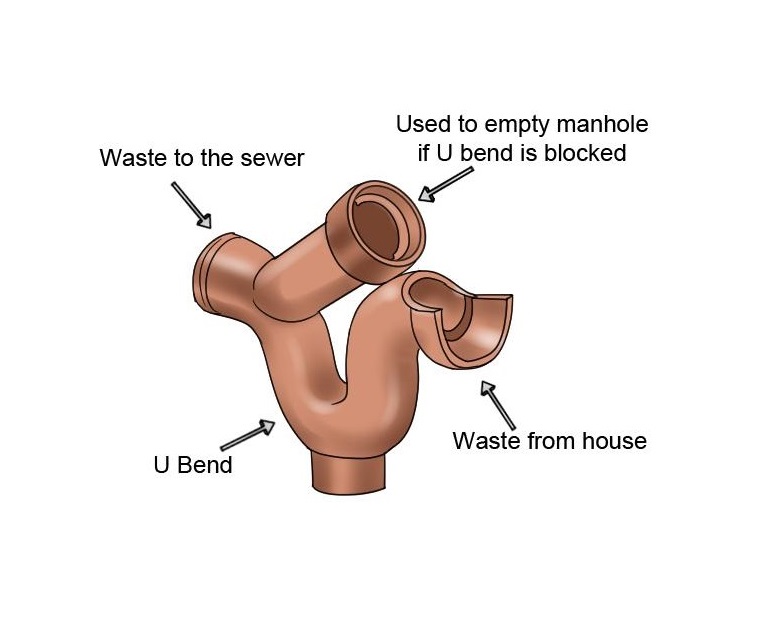Interceptor drainage systems, also known as interceptor traps, have been around since the Victorian era. Their original purpose was to prevent the foul odors of sewers from venting into properties. During this time, the dangers and health risks associated with foul air were not yet fully understood. As a result, local authorities were left to decide whether or not to install these traps. Today, interceptor traps are more common in certain parts of the UK and come in various shapes and sizes.
The Victorian era was marked by the proliferation of cesspits, which leaked methane and other gases that frequently caught fire and exploded. Three cholera outbreaks between 1831 and 1854 claimed nearly 20,000 lives in London. These events prompted the need for better solutions to these problems.
The Great Stink of 1858 in London was a turning point in public sanitation. It led to the construction of Joseph Bazalgette’s public sewer system, parts of which are still in use today. In 1861, Thomas Crapper developed the first flushing toilet, which was a significant improvement in sanitation.
Interceptor traps were effective in preventing foul air from entering buildings. At first, they were also believed to stop rodents from leaving the sewers and entering properties. However, this was proven false. In reality, the traps only caused more problems because they were often installed on combined storm and foul drainage systems. Made from vitreous clay, these traps were vulnerable to root ingress, fractures, blockages, and even building subsidence due to a build-up of silt, debris, grease, and fat.
If you come across an interceptor trap today, it’s best to replace it with a straight clay piece to ensure the system is flowing correctly. You can even install a rat blocker. The replacement process involves an internal excavation where the u-shaped piece is removed and replaced with a straight clay piece that is patched into place.
In conclusion, while interceptor traps were a significant improvement in public sanitation during the Victorian era, they have since become outdated and problematic. If you have an interceptor trap in your drainage system, it’s time to replace it. This will ensure that your drainage system functions correctly, and you won’t have to worry about the operational problems that interceptor traps can cause.
More information on winser traps can be found here.

